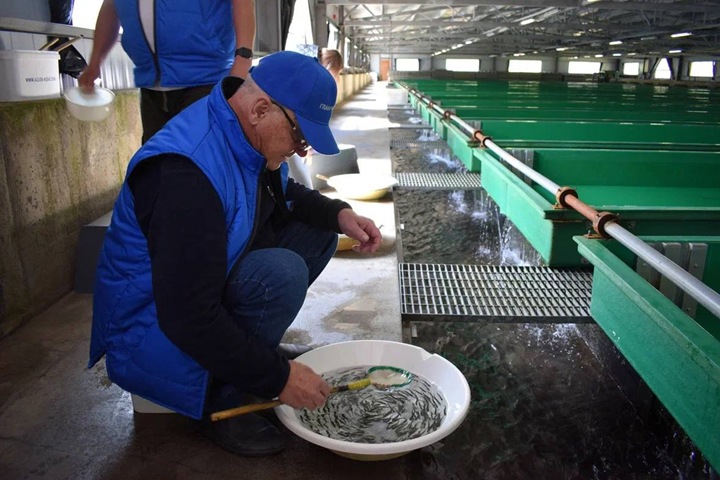The bulk of the chum salmon produced in Kamchatka is of artificial origin, being grown at state-owned fish farms. The Kamchatka Territory remains the central area of Pacific salmon fishing, however, the sustainability of this fishery increasingly depends on the activities of the Glavrybvod Federal State Budgetary Institution, which is engaged in replenishing stocks of valuable red fish in conditions of reduced natural reproduction.

Research data on the effectiveness of artificial breeding indicate the extent of this dependence: in the Paratunka River, the proportion of chum salmon of factory origin reaches almost 90%, in the Avacha River it exceeds 56%. These figures underline how much fishing has moved away from relying on wild populations, whose numbers, unfortunately, are not always able to ensure the same catch volumes.
Salmon hatcheries are designed to compensate for the significant fishing burden caused by both the population density in coastal areas and the activity of the fishing industry. This situation has developed, among other things, due to the fact that natural populations in many rivers are no longer able to independently withstand the current level of commercial withdrawal. The average long–term share of factory-raised fish is more than 34% in catches from the Paratunka River and over 10% from the Avacha River, which indicates serious changes in the population structure and the increasing role of artificial reproduction.
Every year, experts release more than 40 million pieces of juvenile salmon into the waters of Kamchatka. Over the past five years, Glavrybvod has sent over 265 million fish specimens to the natural habitat. These large-scale measures are largely a necessary measure to maintain catch volumes against the background of objective difficulties in restoring the number of wild herds to historically high levels.
The current Pacific salmon fishery in Kamchatka, which is significantly ahead of the figures of the past two years, is largely due to the contribution of fish hatcheries. However, this should not detract from the importance of efforts to preserve and restore natural spawning grounds, as the long-term sustainability of ecosystems and fish stocks depends on the health of wild populations.